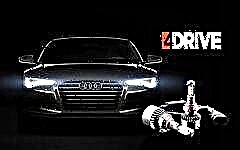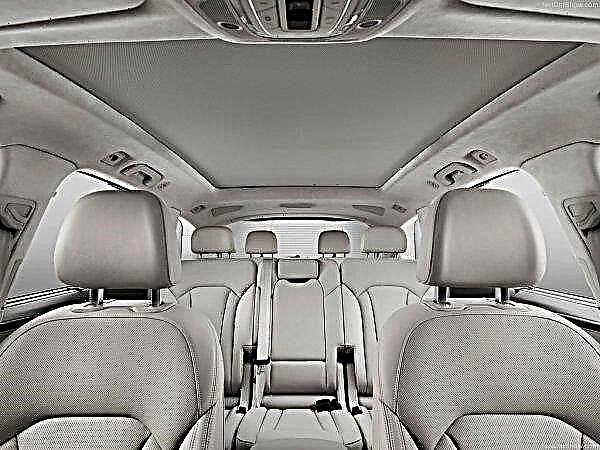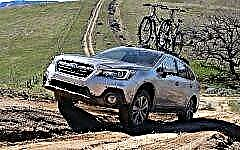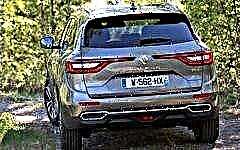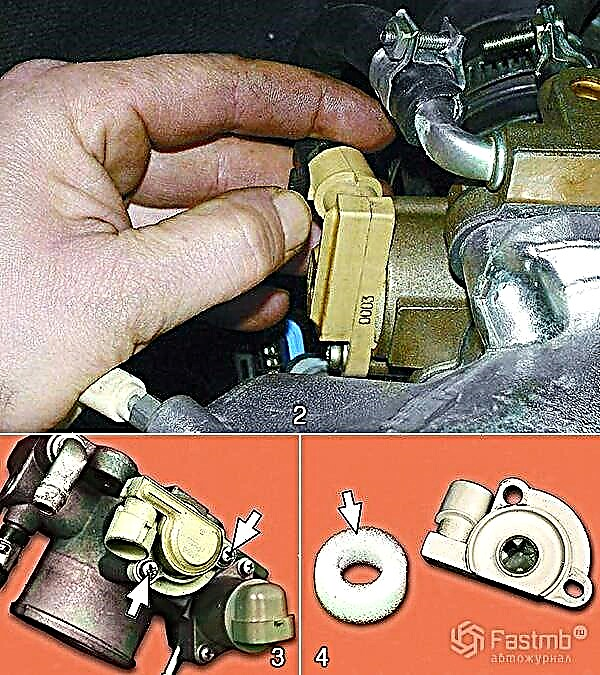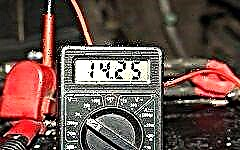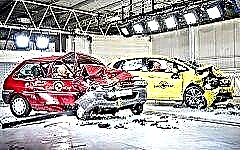Read about the new robotic gearbox - "Izitronic": what it is, how it works, who invented it and on what cars it is used.

What is Easytronic?
Easytronic is a trade name for a mechanical automated transmission. It differs from all gearboxes in that in it the electro-hydraulic drive was replaced by a clutch pedal, and the process of engaging and selecting gears is performed using an electromechanical drive. This gearbox combines almost all the advantages of a traditional manual gearbox with the best features of an automatic gearbox.
How the Easytronic transmission works: how it works

In the design of the Izitronic gearbox, two modes of operation are implemented at once - both semi-automatic and automatic. The electronic unit in the process of working in automatic mode controls the gearbox completely. Those. The gearbox behaves like a traditional "automatic", but at the same time, gear shifting operations are performed against the background of a ruptured tractive effort. The algorithm for the control actions of the electronic unit is carried out in the following sequence:
- less torque
- the clutch is disengaged
- gear is selected
- synchronization in progress
- the gear is switched on
- clutch engages
- there is more torque.
In semi-automatic mode, gear changes are performed manually by the driver. In this mode, the gears are sequentially switched up / down or using the selector lever. The manual shift function in Easytronic is called "Active Select" and is essentially a similar function called "Tiptronic".
Who invented the Easytronic gearbox

Such characteristics as the complexity, and, accordingly, the high cost of the traditional "machine" is known to every modern driver. Naturally, the question arises: "Is it really at the current level of technology development, there is no opportunity to simplify and, at the same time, to reduce the cost, such a design?" It was this opportunity that Opel engineers found, who developed a unique gearbox, and the transmission, which is based on their new technology, was named "Easytronic".

The idea behind this development lies simply on the surface. If there are debugged designs of mechanical gearboxes, then why not equip these gearboxes with an automatic control system. The problem turned out to be in the control algorithm. In the case when in a classic automatic gearbox the "nuances" that arise due to different driving conditions and loads are successfully taken over by the torque converter, which ensures smooth switching, in a robotic mechanical gearbox there is only hope for the highest level of feedback accuracy. Because the adhesion remains, and, accordingly, the problems associated with it remain. In this regard, despite numerous world studies, until recently, not a single global automaker has succeeded in replacing human work with a robot control algorithm.
But the engineers of the world famous Opel company managed to solve this problem. It is based on a cunning adaptive algorithm that has the ability to self-learn. At the same time, the mechanical gearbox itself structurally remained the same, only it was supplemented with 3 drives: a shift rod, gear shifting and clutch. The coordinated simultaneous operation of these drives is controlled by the control unit, which receives signals from numerous special sensors: speed, acceleration, crankshaft revolutions, throttle valve, and many others. others. As a result, the decision to change gear is made by the “brains” of the “Izitronic” KP. It should be noted that this happens reasonably and very quickly, which makes it possible to make the most important problem of a box of such a plan almost invisible - a break in the power flow under switching conditions. To be completely honest, some sources claim that the Easytronic robot is a joint development of two companies - Opel and Luk.
On which car model is the Easytronic gearbox used today?

Opel companies today actively use this development on almost all of their models - from the small Corsa (Opel Corsa 2015) to the rather serious Zafira or Vectra. Carmaker Fiat also does not stand aside in this regard. And the majority of other car manufacturers prefer to use classic automatic transmissions or CVTs on their cars. This is observed for several reasons. The first is the power gap, the second is the need for quite frequent maintenance due to the “mechanical” nature of Easytronic. As a result, sooner or later it is necessary to change the clutch, adjust the gearbox drive, and so on. This should not be done more often than with a manual gearbox, but, of course, it cannot be compared with a classic automatic gearbox.
The main advantages of Izitronic: reviews
The Easytronic transmission is an excellent choice for a driver who loves to save money, respects comfort and is used to a measured, calm drive. Such a car driver will most likely not notice a significant difference between the traditional "automatic" and Easytronic during the ride. At the same time, the difference in the price of these two KPs is quite noticeable. In addition, for such a driver, Easytronic will be significantly ahead of the “automatic” in terms of operating costs until the high mileage (ie before replacing the clutch). Drivers who are accustomed to sharp accelerations and the so-called "ragged" driving style may encounter disappointment when using Isitronic, because acceleration will not feel very pleasant, and repairs may be required much earlier than expected.
If you read the opinions on the use of this innovation, then the reviews about Easytronic are not the best. Everyone does not like the fact that there is a long delay when changing gears, they notice the twitching of the car when switching, as well as a quick failure or other problems that are problematic and expensive to fix. In general, it's up to you to decide, but before you buy a car with this KP - read the reviews thoroughly and make an informed decision, or it's worth it.

